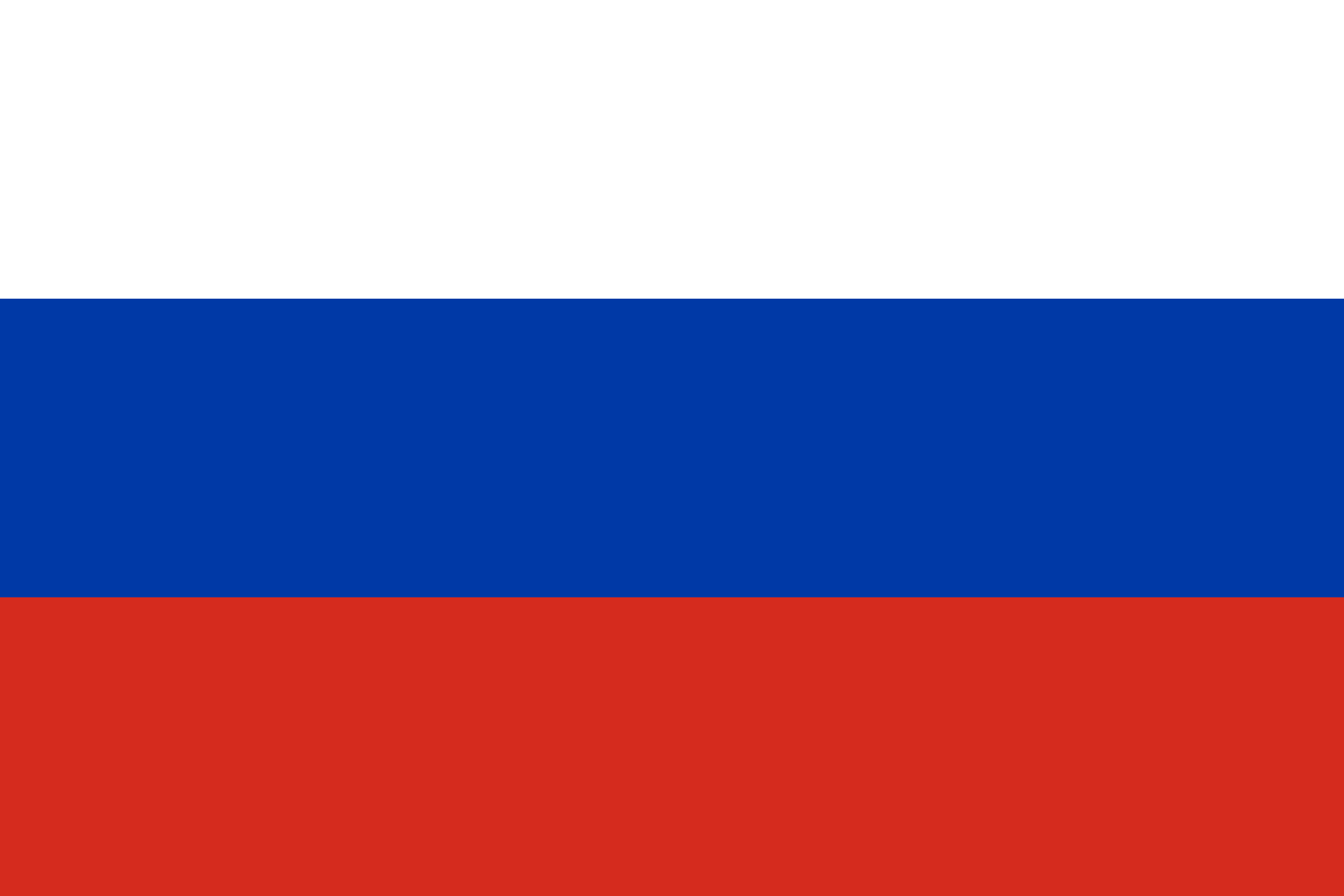
Monument aux Défenseurs héroïques de Leningrad



 |
Monument aux Défenseurs héroïques de Leningrad |
 |
 |
 |
|||
|
Монумента героическим защитникам Ленинграда |
Monument to the Heroic Defenders of Leningrad is the first sight you see if you arrive in Saint Petersburg from the southern direction, on the way from Pulkovo airport. This unique monument commemorates the great feat of Soviet people during the Siege and the glorious Victory in one of the most devastating wars of the humankind.This powerful and impressive monument was built as the focal point of Ploshchad Pobedy (Victory Square) in the early 1970s to commemorate the heroic efforts of the residents of Leningrad and the soldiers on the Leningrad Front to the repel the Nazis in the 900-day Siege of Leningrad during World War II. The monument, built in the shape of a huge broken ring represents all the efforts it took to break the 900-day Siege of Leningrad. The inside of the ring is lit with gas torches and its walls feature engravings celebrating the incredible courage shown by the defenders of Leningrad. Inside the monument, in a vast underground memorial hall, there is an exhibition devoted to the Siege. An English-speaking guide is usually available, so just ask a member of the museum's staff. Make sure that you see the map of Leningrad's defenses and the museum's short documentary film, and take a look at the beautiful mosaics on the eastern and western walls of the hall. |
 |
||||||||
Metro : Moskovskaya метро - "Московская" |
Buses 11, 39, 141, minibuses K11, K290, K213, K29 | |||||||
| Connections | ||||||||
| Itinéraire à partir de | Description du trajet |
| Moskovskaya metro | From Moskovskaya metro station walk one block South, then enter the monument via the underpass, which is located near the two tall buildings. |
| Itinéraire vers | |||||
| POI |
||
Description |
| Bâtiment | Collections - Expotision - Events | Visite - Promenade | |||||||||||||||||||||||||||||||||||||||||||||||||||||||||||||||||||||||||||||||||||||||
|
|
||||||||||||||||||||||||||||||||||||||||||||||||||||||||||||||||||||||||||||||||||||||||
|
|
|
|||||||||||||||||||||||||||||||||||||||||||||||||||||||||||||||||||||||||||||||||||||||
| Contact - Nom | Téléphone / gsm | web | note | |
| info | ||||
| réservation | 8 (812) 373-65-63; 8 (812) 371-29-51 | |||
| office |
| Heures d'ouverture | Fermeture suppl | |||||||||
| Hours: | Tickets: 1h avant la fermeture |
dernier mardi du mois | ||||||||
| lundi | mardi | mercredi | jeudi | vendredi | samedi | dimanche | ||||
| Basse saison | 11:00-18:00 | 11:00-17:00 | 11:00-18:00 | 11:00-18:00 | 11:00-18:00 | 11:00-18:00 | ||||
| Haute saison | 11:00-18:00 | 11:00-17:00 | 11:00-18:00 | 11:00-18:00 | 11:00-18:00 | 11:00-18:00 | ||||
| Prix | Entrée gratuite | Paiement - Cartes acceptées | ||||
| Adulte | Adulte > 60 - 65 | Etudiant | Enfant | Groupe | 27 janvier - 23 février - 9 mai | |
| 250 ₽ | ||||||
| Groups of 3-25 visitors - 1000 rubles per group (in addition to the admission tickets) | ||||||
| Services, facilités | ||||||||||||
Audioguide |
Langues |
Wifi |
Photo - Vidéo |
Shop |
Consigne |
Vestiaire |
Cafetaria |
ATM |
Visite guidée |
|||
| The Monument |
The composition includes 3 main parts: "Square of the Victors", featuring 26 bronze figures. These are Soldiers, Pilots and Civilians who defended the city. They are looking towards the Pulkovo Heights, where the defensive lines fighting the Nazis were located. The central part is a 48-m tall granite obelisk with statues of a Soldier and a Worker placed at its pedestal. They symbolize the united effort of the armed forces and Leningrad homefront in the heroic city defense. The open-air memorial hall is surrounded by a broken ring, which signifies lifting of the Siege, and has beautifully crafted sculptures in the middle. They create a very strong emotional impression of all the pain and suffering endured by Leningrad people during that tragic time. The Monument to the Heroic Defenders of Leningrad, erected on Pobedy Square in the former Srednaya Rogatka District is one of the most impressive and remarkable memorials dedicated to the participation of Russia in the Second World War. The idea to create the monument was moored before the war had even ended, although the construction didn't start until 1974. Numerous competitions took place before the construction started even as far as 1942 in besieged Leningrad. Even in the hardest blockade days of cold, starvation, artillery attacks and bombings, the citizens believed in victory and didn't stop thinking of the future. Since the late 1950s a grandiose memorial complex called the Green Ring of Glory, was created. It brought together a range of monuments to military people and citizens to whose heroic efforts the city owes its survival. The Monument to the Heroic Defenders of Leningrad became the central object of the complex. Its exact location was long under discussion. Srednyaya Rogatka Square, situated on the junction of two thoroughfares, leading to Kiev and Moscow, was only 9 km away fr om the front line. In 1941 this was fr om where the citizens of Leningrad left for the war. In January 1944 the final offensive of the Leningrad front, which ended with the lifting of the siege, started close by. In the summer of 1945 a temporary triumphal arch to honor the victory was erected on Srednyaya Rogatka Square, where the Soviet soldiers entered the city as they returned from the war. It was decided that the memorial was to be built in this symbolic place. In 1964 Srednyaya Rogatka Square was renamed Pobedy (Victory) Square. The memorial was designed by the People's Artists of the Soviet Union, Valentin Kamensky, Sergey Speransky and Mikhail Anikushin. All of them took part in the defence of Leningrad. The construction began in 1974. The ground-based part of the monument, built in record-breaking time, was inaugurated on 9th May 1975 to mark the 30th anniversary of Victory in World War II. The underground Memorial hall, housing a documentary and artistic display dedicated to the siege and defence of Leningrad, was opened on 23rd February 1978. The monument was created owing to united efforts of the entire nation. Volunteers from Leningrad and other cities took part in its construction. A special bank account was opened for voluntary donations. The ground-based part of the monument consists of a 48-metre granite obelisk, “The Victors' Square” and an open-air memorial hall “Blockade”. The obelisk symbolises the triumph of the victory in one of the deadliest and most destructive wars in the history of the mankind. A group sculpture around the base of the monument – a worker and a soldier, tells about the unity of the people and the army in the struggle against the enemy. Obelisk is the link between the “Victors' Square” and “Blokade” memorial hall. Broad stairs flanking the base of the obelisk lead to the hall. Broken lines of the walls are associated with destructive chaos of war. According to the authors' idea, the surface of the walls imitates the texture of the wooden defence installations. 26 Bronze sculptures representing the Defenders of Leningrad are fixed on granite pylons facing the Pulkovo Heights, wh ere the front line was located. The “Blockade” hall is encircled in the 124-meter broken granite ring with laconic inscriptions “900 days” and “900 nights”. Sounds of classical music and the eternal flame create a suitably solemn and somber atmosphere. Every year the Monument hosts flower-laying ceremonies, wh ere the Residents of Blokaded Leningrad, the Veterans of the Second World War and other citizens of St. Petersburg take part. The ceremonies are held on Victory day (May 9th ), Day of the End of the Siege of Leningrad (January 27th ), Day of the Start of the War (June 22nd) and on Defender of the Fatherland Day (February 23rd). Underground Memorial Hall The subterranean part of the museum features a collection of war artefacts: documents, awards, soldiers' personal belongings, weapons, handwritten letters from boys seeking to join the army. The grim silence is interrupted only by the sound of metronome and emergency announcements transmitted on the radio. On a huge display on the wall a short documentary is being broadcast, bringing us closer to the feelings of people who witnessed those horrible events. Among the highlights are mosaics depicting a Siege and a Victory scene, the map of Leningrad defense and 900 torches lighting the space - as many as the number of days in the Siege. Permanent display of the Monument to the Heroic Defenders of Leningrad is located beneath the monument. Mosaic triptych “The Siege of 1941” by Sergey Repin, Ivan Uralov and Nikita Fomin depicts volunteers leaving for the war, women working at the factory in besieged city, and the portrait of Dmitry Shostakovich, who wrote his famous Symphony No. 7 to glorify the city's resistance and defiance to fascism. The “Victory” panel in the opposite part of the hall represents the reception of returning soldiers and the Victory Parade, which was held in Leningrad in the June of 1945. The display includes documents, awards, soldiers' personal belongings, weapons, a 125-gramm slice of bread – the only food available to the citizens from November 20 to December 25,1941, and other items, connected with the history of the Siege. The Memorial Hall houses “Chronicle of the Siege of Leningrad” and “Memory Book”. Bronze pages of the Chronicle describe the series of events that took place in the city of Leningrad and on the Leningrad front in 1941, 1942, 1943 and 1944. Pages telling about each of the 900 blockade days are changed daily and exhibited on a special base. The “Memory Book”, also made of bronze, contains the whole list of military units that undertook defence of Leningrad. The display is accompanied by reproduction of call signals from Moscow, changed by the metronome ticking – audio documents of the epoch. During the Siege the radio broadcast a ticking of a metronome warning citizens about coming air raids. Fast tempo meant an air raid warning and a slow tempo informed the citizens that the threat was over. The museum display features documentary films “Recollections about the Siege” and “Leningrad in Struggle”. Fragments from the Symphony No. 7 byDmitry Shostakovich are used as background music to the movies. A visit to the underground Memorial hall is free with Petersburg Card. Historical facts The monument was constructed during the 1970-s, designed by S. Speransky and V. Kamensky and sculpted by M. Anikushin. A lot of volunteers took part in the works - not only citizens of Leningrad, but people from other cities as well, and even from other countries. The monument was opened on May 9th 1975, the 30th anniversary of the Victory in World War II. The underground part was not completed on time and opened later, in 1978. The first plans to build a monument to the World War II victory where announced in 1958 when the city announced an open competition for the design of the monument. There were 44 entries, according to B. Isacheko in his book 20th Century St. Petersburg Architects. Decorated Russian architect Sergei Speransky won the competition with his knowledge of city construction design and the pervasiveness of the theme of World War II victory in his art. As early as 1946, he was active in the restoration of Minsk and the creation of a World War II monument there. His competition-winning design for Ploshchad Pobedy was highlighted by a broken ring surrounding a high-level composition dedicated to the Leningrad citizen's successful efforts to repel the terrible 900-day Nazi siege during World War II. A monument was designed to rise up from the center of the ring, flanked on the western and eastern sides by the horizontal ray buildings in the fold of the massive and Stalinesque Moscow Prospekt and the tall towers at the intersection of the square and the prospekt. The square was formally named Ploshchad Pobedy in 1962. Up until then it had been named Sredney Rogatki Ploshchad. After the completion of construction on several nine-story apartment buildings along Moscow Prospekt near Ploshchad Pobedy, a second competition was announced for the monument, which was by then called "The Monument to the Heroic Defenders of Leningrad." This time more than 80 applicants participated, but Speransky and his team nevertheless prevailed with their design "Eternal Flame of Our Memory." Their plan called for a parade-like entry or gateway into the Hero City from the south, from the Soviet capital Moscow and Pulkovo Airport, at the approximate point where the city's defensive lines held back the Nazis in World War II. It also focused on the aesthetic pattern and unique architectural style of Leningrad. It maintained a classical strictness, clarity and balancing of its various aspects and proportions with the parameters of the older city. The idea and design drew from historic St. Petersburg sites Mars Field and Palace Square, and combined modernity with the best spiritual and artistic traditions of the city. The tall and clean obelisk, which rises up from the broken ring design will surely attract your attention if you enter St. Petersburg from the airport or from E-95 highway. The sculptural ensemble placed at the pedestal of the obelisk is one of the best examples of Soviet monumental art dedicated to World War II Victory. The sobering space inside the broken ring is lit with gas torches. Engravings on the walls of the monument are dedicated to the nationwide recognition of the courage shown by the defenders of Leningrad. Inside the monument, in a vast underground memorial hall, there is an exhibition devoted to the Siege. English-speaking guides are usually available upon request. Pay special attention to the detailed map of Leningrad defenses and the short documentary. Pay attention also to the beautiful mosaics on the eastern and western walls of the hall. On the outside, up a short flight of stairs from the exhibition, you can see the sculptures representing soldiers, sailors and civilians who did not surrender to the Nazis despite hunger, cold and constant bombardment. The author of the sculptures M. Anikushin powerfully depicts with raw emotion the story of the great feat of the people of Leningrad and the soldiers on the Leningrad front. |